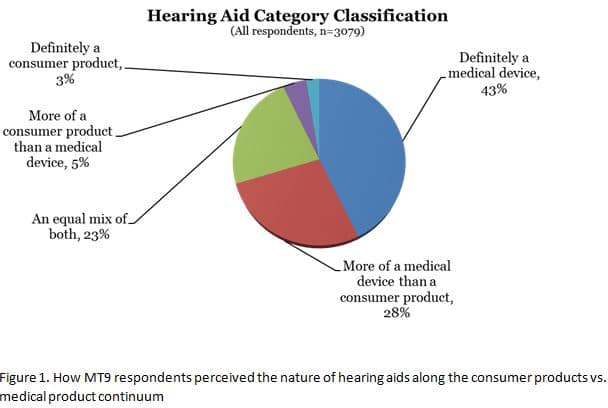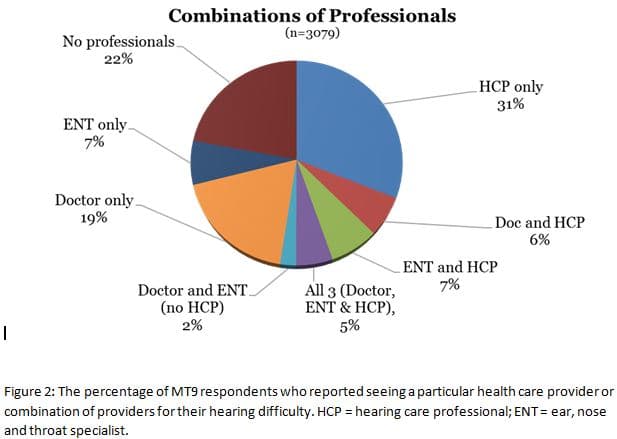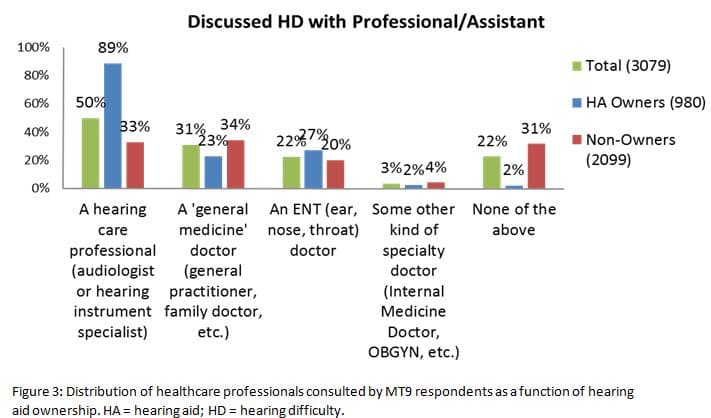“Peeling the Onion” is a monthly column by Harvey Abrams, PhD.
When we last left John on his Journey toward better hearing (before taking some detours to the CDC and the PCAST), John was engaged in the preparation stage of his journey as defined by the Transtheoretical (stages of change) model of behavior.
Recall that the Transtheoretical (changes of change) Model consists of 6 stages:
- pre-contemplation
- contemplation
- preparation
- action
- maintenance
- relapse
A Fork in the Road to Action
John is now ready to take action. However, the action John takes on the basis of his preparation stage may be largely determined by how he perceives the nature of hearing aids.
John is facing a fork in the road. If John thinks of hearing aids as a consumer-electronic device, he will take the fork that leads to the consumer path and his next likely step will be to conduct a search for on-line, direct-to-consumer providers of hearing aids or personal sound amplification products (PSAPs) similar to how he might shop for a pair of high-end, in-ear headphones for his smart phone.
If, on the other hand, John thinks of hearing aids as a medical device, he will likely take the fork that leads to the medical path and make an appointment to see his primary care provider (PCP), an ear, nose and throat (ENT) specialist, or a hearing care provider (HCP) for a consultation.
The Path Most Traveled
The MarkeTrak (MT9)1 data suggest that if John is like the other survey respondents, he will perceive hearing aids as more of a medical device than a consumer device. As Figure 1 illustrates, over 70% of the MT9 respondents considered hearing aids as either “definitely” a medical device or “more” of a medical device than a consumer device.
Furthermore, the MT9 data reveal that if John decides on the medical path, the healthcare provider he is most likely to consult with on his journey is the HCP (Figure 2). Over 30% of the MT9 respondents reported consulting with a HCP for their hearing difficulty followed by the PCP at 19%. 
The distribution of healthcare professionals John is likely to consult with is further illustrated in Figure 3.
Perhaps not surprisingly, it appears that if John consults with a HCP, he is more likely to purchase hearing aids than if he discusses his hearing difficulty with his PCP or an ENT specialist. Nevertheless, the influence of the PCP on the purchase of hearing aids is very important.
Part 2 examines the PCP’s influence on John’s hearing aid purchase decision making.
References
1Abrams HB, Kihm J. (2015). An introduction to MarkeTrak IX: new baseline for the hearing aid market. Hearing Review, 22(6):16-21.
Harvey Abrams, PhD, is an audiology consultant in the hearing aid industry. Dr. Abrams has served in various clinical, research, and administrative capacities in the industry, the Department of Veterans Affairs and the Department of Defense. Dr. Abrams received his master’s and doctoral degrees from the University of Florida. His research has focused on treatment efficacy and improved quality of life associated with audiologic intervention. He has authored and co-authored several recent papers and book chapters and frequently lectures on post-fitting audiologic rehabilitation, outcome measures, health-related quality of life, and evidence-based audiologic practice. Dr. Abrams can be reached at [email protected]
This is Part 13 of the Peeling the Onion series. Click here for Part 1, Part 2, Part 3, Part 4,Part 5, Part 6, Part 7, Part 8, Part 9, Part 10, Part 11, Part 12.
feature image by Ross Land/Getty









